Every winter, horror stories of coops, barns, houses burning to the ground filter their way through the grapevine and social media, stories of animals being killed, occasionally with people losing their lives too.
Heat Lamp Safety Tips
It is for this reason that I do not run power, heat or light to my outdoor chicken coops, and the reason that I absolutely do not recommend it. Not even my main barn has power running to it, although the question has been raised as to whether we should, I admit I am happier simply carrying a lantern (these can be hung from a nail for surrounding light, leaving both hands free) or using a head torch.
The only ‘barn’ on my property that has power is my husband’s block built shop, so that is where I have my kidding stalls set up for the Nigerian Dwarf goats. Many of them begin to kid while the cold weather is still in full swing (this year we have kiddings starting in February, when I expect it to still be too cold for babies outdoors) so the Mamas and babies need to be indoors for the birth, and for several days afterwards. Babies that I plan to raise on the bottle often remain indoors for much longer. Pneumonia is a big risk for new kids, and it is because of this that I use heat lamps in this situation. I don’t like it, but the alternative is even more unacceptable!
With a few precautions, heat lamp risks can be minimized, but care must always be taken, and never, ever take a chance.
7 Tips For Heat Lamp Safety For Winter
1. Clean up cobwebs and dust.
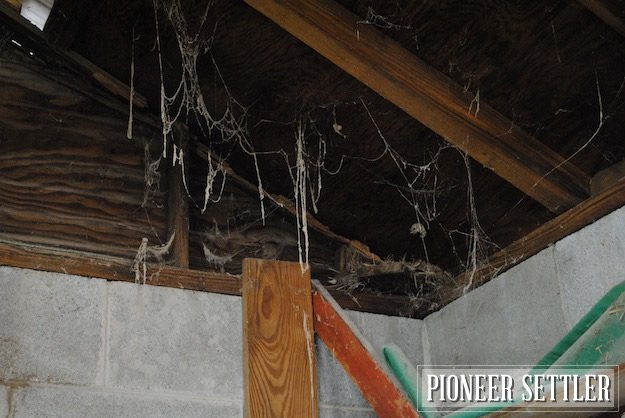
Barns are dusty places, so keep cobwebs at bay. Hay, shavings and other bedding always seem to create dust, so use a long handled broom or vacuum cleaner to clear up cobwebs and knock dust off shelves and ledges. Dust the reflector of the heat lamp before you use it and carefully wipe dust from the bulb with a dry cloth.
2. Keep wires out of reach.
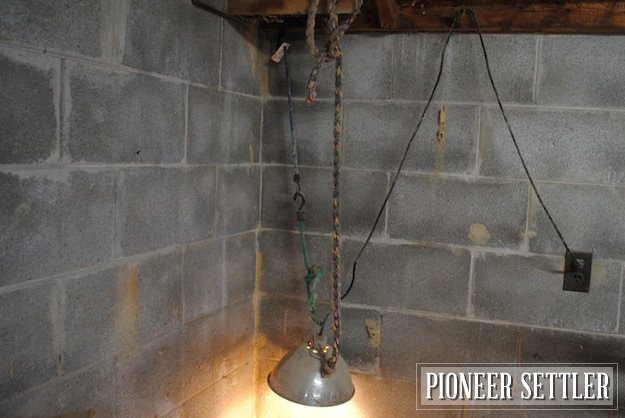
Animals just love to nibble on inappropriate things dangling into their stalls, and they could also get tangled up in cords and wires and drag the heat lamp down into flammable bedding. Tuck them up out of reach (and account for chickens flying up or goats standing on hind legs, and secure them. Use zip ties, string, duct tape – whatever you have to, to get them secured.
3. Double secure the lamp
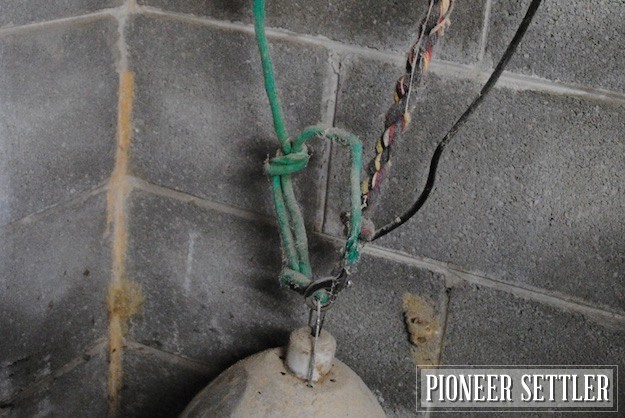
Lamps are often hung over a stall using either a rope or the clamp on the actual lamp, but whatever you choose to use to secure them, use something else too. For example, when I use the built in clamp, I also tie a rope or bungee to the actual lamp, careful not to touch it to the reflector, and tie it to a nail, beam, or the side of the pen. If one of the fastenings were to fail, the other would prevent it from falling into the pen.
4. Never put a water bucket under the heat lamp
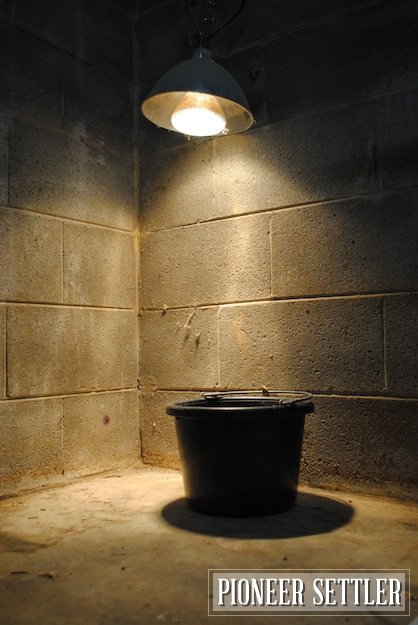
This one is pretty obvious, but it bears saying anyway. Never, ever, ever do this. Ever. No matter what. If the lamp were to fall and land in the water, still plugged in, it could be fatal. Put the water in the opposite corner to the heat lamp and the power outlet.
5. Use heat lamp cages

Some heat lamps come with cages over the bulb to protect them to hopefully prevent the hot bulb from coming into contact with anything flammable should it fall. It’s not failsafe, as the reflector will also be hot, but it’s an extra arrow in your safety quiver.
6. Keep lamps away from bedding
Make sure that lamps are affixed a good distance away from the bedding in the stall, and any stored hay or bedding. All are super flammable.
7. Check lamps for frayed wires
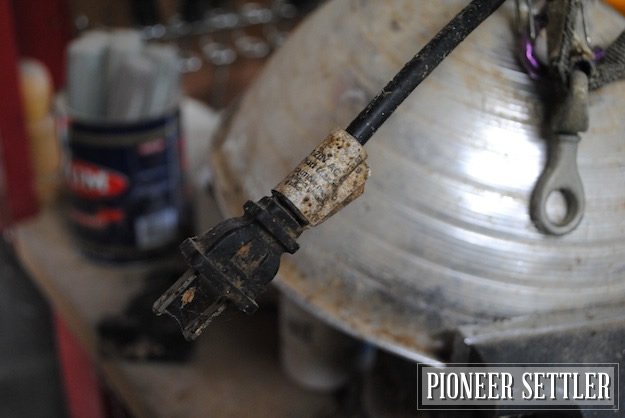
This is just basic electrical safety, but every time you plug the lamp in, just run your hands the length of the wire to make sure no curious goat teeth have nibbled on the wire, and make sure that the connections at both ends – going into the lamp and the plug – and intact.
All this may make me seem excessively paranoid and fond of a good old ‘what if’, but the lives of my livestock are incredibly precious to me, far beyond anything that could be covered by insurance. I feel that in my role as their caretaker, I have a huge responsibility for their safety and their lives and, second only to predators, heat lamps are, to me, the biggest threat. Besides, to roll out that trite little phrase, “better safe than sorry”!
Subscribe To Our Newsletter For More Homesteading Tips!
Katy Light has a 44 acre homestead in North Georgia, where she raises goats, rabbits, sheep and chickens. She is passionate about self-sufficiency, natural ways to live, and fiber. Find her blog atwww.poppycreekfarm.com. She can be reached at [email protected].
Do you have Instagram? Don’t forget to join us @HomesteadingUSA.
Click here to Like Us on Facebook.
Click here to Follow Homesteading on Pinterest.

Thanks for this post.
Will make. me more aware……